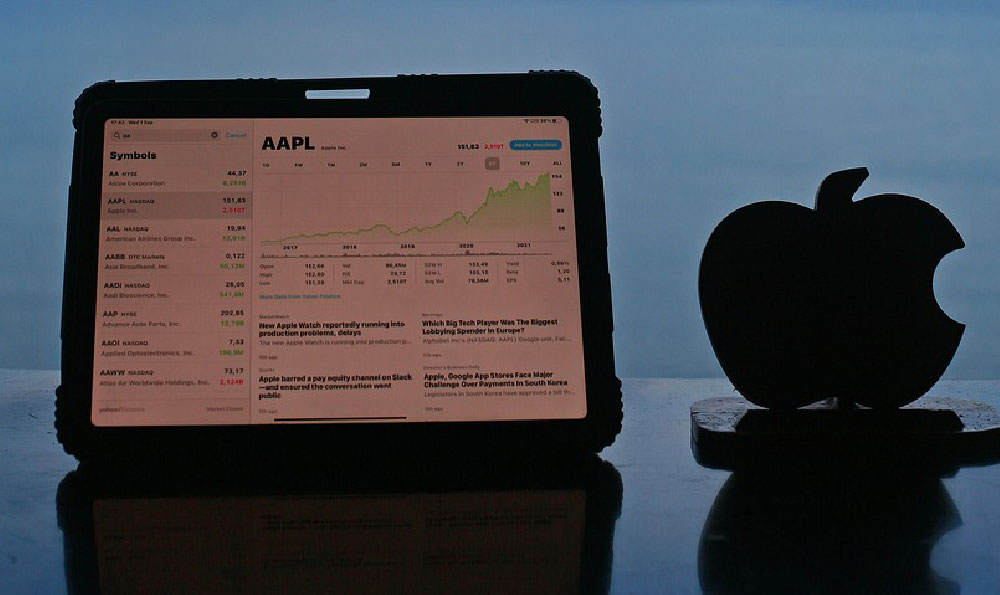
On the surface, YouTube is a free platform that allows users to create and share content, but beneath the surface lies a complex ecosystem where creators can generate substantial income through various means. The potential for financial growth on YouTube is undeniable, yet it requires a nuanced understanding of the factors influencing earnings, strategic content management, and the ability to navigate challenges such as algorithm shifts, monetization thresholds, and audience engagement. While some creators achieve significant revenue, many struggle to reach even basic monetization criteria. The key to unlocking sustainable income on YouTube lies in a combination of consistent content production, audience growth, and diversified monetization strategies.
YouTube's revenue model is primarily driven by advertisements, but it also includes alternative income streams that can significantly impact total earnings. Creators earn money through ad revenue, channel memberships, Super Chat, merch sales, and brand partnerships. The ad revenue is calculated based on factors such as watch time, CPM (cost per thousand impressions), and video engagement. However, the actual income derived from ads can vary widely. For example, a creator with 10,000 subscribers and 400,000 monthly views might generate around $200 to $400 from ads alone, assuming average CPM rates, but this can fluctuate depending on content niche, region, and viewer demographics. It is important to note that YouTube's ad revenue share has undergone several changes, with recent updates suggesting a more complex distribution that includes platform and advertiser allocations, which can affect the net income for creators.
Beyond ads, channel memberships and Super Chat provide additional revenue sources. Channel memberships offer a subscription-based model where fans pay a monthly fee for exclusive content, while Super Chat allows viewers to pay for special messages during live streams. These options can be particularly lucrative for content that fosters a loyal community. For instance, if a creator has 5,000 subscribers paying $5 monthly, this could translate to a steady income of $25,000 per month without relying on ads. However, the success of these models hinges on maintaining a high level of engagement and delivering value that justifies the recurring cost for viewers.

Brand partnerships and sponsored content are another vital element of YouTube monetization. Creators often collaborate with brands to promote products or services, which can range from product placements to affiliate marketing. The income from these collaborations is typically negotiated based on the reach of the channel, the engagement of the audience, and the relevance of the content. A creator with 200,000 subscribers might earn anywhere from $500 to $5,000 per sponsored video, depending on the brand's budget and the creator's ability to demonstrate value. It is crucial to build a strong brand image and consistently produce high-quality content to attract brand deals.
The quality and sustainability of income on YouTube also depend on the platform's policies and technological advancements. YouTube's algorithm continuously evolves to prioritize content that meets user preferences and engagement metrics, which can influence the visibility of videos and, consequently, ad revenue. Additionally, the platform has introduced new monetization features such as YouTube Premium and YouTube Shorts, which present opportunities for creators to expand their revenue potential. However, these features also require adapting content to new formats and audience expectations.
Critically, the journey to generating income on YouTube is often underestimated. While a few creators achieve substantial wealth, the majority require years of consistent effort, strategic planning, and audience development to reach a viable income level. Factors such as content niche, production quality, and the ability to convert viewers into paying customers play a pivotal role. For example, educational content and tutorials may have lower ad revenue per view but can generate income through affiliate links, while entertainment content might attract higher ad rates but also present greater challenges in maintaining engagement.
Investing in YouTube can be compared to investing in digital assets or financial markets, where the potential for returns is tied to effort, strategy, and market conditions. Just as with virtual currency investments, creators must balance risk and reward. For instance, diversifying content across multiple niches can mitigate the risk of declining ad revenue in a specific area. Similarly, incorporating long-term strategies such as merch sales and brand collaborations can provide a more stable income stream than relying solely on ads.
However, the path to profitability is not without challenges. The platform's algorithm can penalize new or low-quality content, leading to reduced visibility and income. Additionally, the competition among creators is intense, necessitating a unique value proposition to stand out. The need for continuous content production, editing, and optimization requires both time and resources. For many, this can be a long-term investment rather than an instant income generator.
In conclusion, the potential earnings on YouTube are influenced by a variety of factors, including content quality, audience engagement, and monetization strategy. While it is possible to generate significant income, success requires a commitment to growth and adaptability to changing platform dynamics. For individuals looking to explore YouTube as an income source, understanding these variables and developing a comprehensive approach are essential. By focusing on producing valuable content, building a loyal audience, and diversifying revenue streams, creators can navigate the complexities of YouTube monetization and achieve long-term financial stability. Ultimately, the platform offers a unique opportunity for income generation, but it demands not only talent and creativity but also strategic planning and diligent execution to realize its full potential.





